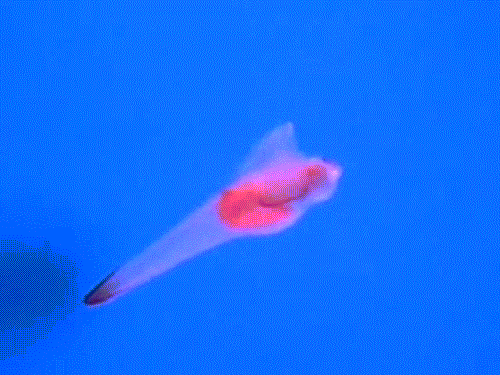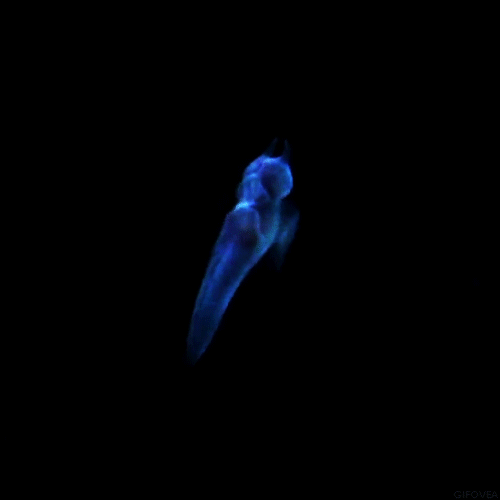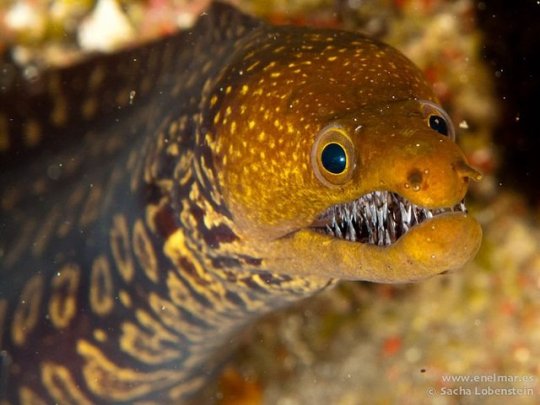Photo




The male jacana chosen to parent the chicks, called the receiver, is a devoted father. He will construct a floating nest by uprooting aquatic plants and stamping or shoving them together to create a dense and tough platform. He may create several of these nests and several different sites before the female is satisfied with one. After she has laid the eggs, parenting falls almost entirely on him; the female may shade the eggs from strong sunlight, defend the nest from predators, or incubate the eggs if the male is having a hard time finding food, but otherwise she is uninvolved. Incubating the eggs is the male’s responsibility; he will even move the eggs to a different site if he feels the nest is unsafe.
After the chicks are born, they rarely leave their father’s side; he will guide them to food, keep them warm, and violently chase rivals away. The male African jacana (last three images) goes one step further; should danger present itself, the male can literally tuck his chicks under his wings and carry them away.
1K notes
·
View notes
Photo





There are 34 species of tenrec, a small omnivorous animal endemic to Madagascar and parts of mainland Africa. The tenrec female has 29 teats and can give birth to up to 32 young per litter, more than any other mammal. Pictured above: lowland streaked tenrec.
10K notes
·
View notes
Photo










The Sea Angel (Gymnosomata) Is a group of sea slug that grow no larger than 5cm. These obscure little creatures are found in a wide range of habitats from polar to tropical regions of the sea.
80K notes
·
View notes
Text
How to Hack Your Brain for Insane Focus and Productivity, According to Harvard Research
Science-backed tips to destroy distractions and stay productive in the digital age.

Studies indicate that most of us have incredibly short attention spans (in fact, some have found that we have shorter attention spans than goldfish), and it’s only getting worse.
So, in today’s world of constant digital bombardment and work demands, how do you actually stay focused?
Read the Full Article
20K notes
·
View notes
Photo

First US Nonhuman Primate Gene Editing Study Successful
In a study led by Michigan State University, scientists have shown that gene editing using CRISPR/Cas9 technology can be quite effective in rhesus monkey embryos – the first time this has been demonstrated in the U.S.
The research is in Human Molecular Genetics. (full access paywall)
36 notes
·
View notes
Link
73 notes
·
View notes
Photo



You’d be forgiven for thinking that the star-nosed mole looks funny. Its distinctive star-shaped nose is a highly-sensitive organ, but the mole doesn’t just use it for finding its way through the underground tunnels it lives in. These moles can actually sniff underwater. By exhaling a bubble and then re-inspiring it, the moles collect scent particles that they can use to locate food. In experiments, both star-nosed moles and water shrews could use this technique to successfully follow a scent trail, demonstrating exploring and pausing behaviors similar to terrestrial sniffing as they did. To learn more about this impressive mammal, listen to the latest episode of Science Friday, where research Ken Catania describes his work with them. (Image credits: K. Catania; via Science Friday)
1K notes
·
View notes
Photo

Scientists attached a video camera to Humboldt squid in order to observe how they use their color-changing skin cells in the wild.
Analysis of the footage revealed that the squid repeatedly flash red in the presence of other Humboldt squid, possibly as a way of communicating — though what, scientists aren’t yet sure. When close to the surface, the squids’ chromatophores flicker, giving their skin a hue of sunlight shining through the water column — possibly as a form of camouflage.
More: Science News
Reference: Rosen et al. 2015. Chromogenic behaviors of the Humboldt squid (Dosidicus gigas) studied in situ with an animal-borne video package
1K notes
·
View notes
Photo



fangtooth moray photos by Sacha Lobenstein
73K notes
·
View notes
Photo

CRISPR Used to Edit Stem Cells in Fight Against Arthritis
Using new gene-editing technology, researchers have rewired mouse stem cells to fight inflammation caused by arthritis and other chronic conditions. Such stem cells, known as SMART cells (Stem cells Modified for Autonomous Regenerative Therapy), develop into cartilage cells that produce a biologic anti-inflammatory drug that, ideally, will replace arthritic cartilage and simultaneously protect joints and other tissues from damage that occurs with chronic inflammation.
The research is in Stem Cell Reports. (full open access)
47 notes
·
View notes
Photo

Neuroscientists have accidentally discovered a whole new role for the cerebellum
One of the best-known regions of the brain, the cerebellum accounts for just 10 percent of the organ’s total volume, but contains more than 50 percent of its neurons.
Despite all that processing power, it’s been assumed that the cerebellum functions largely outside the realm of conscious awareness, instead coordinating physical activities like standing and breathing. But now neuroscientists have discovered that it plays an important role in the reward response - one of the main drives that motivate and shape human behaviour.
Not only does this open up new research possibilities for the little region that has for centuries been primarily linked motor skills and sensory input, but it suggests that the neurons that make up much of the cerebellum - called granule cells - are functioning in ways we never anticipated.
305 notes
·
View notes
Link
52 notes
·
View notes
Photo



Bill Nye should just be the answer to all our problems
313K notes
·
View notes
Link
922 notes
·
View notes
Photo





The Yeti Crab and The Pom-pom Crab
Lybia edmondsoni is a species of small crab in the family Xanthidae and is endemic to the Hawaiian Islands. Like other members of the genus Lybia, it is commonly known as the pom-pom crab or boxer crab because of its habit of carrying a sea anemone around in each of its claws, these resembling pom-poms or boxing gloves.
The common name “pom-pom crab” comes from its symbiotic practice of brandishing a stinging sea anemone in each claw to defend against predators and possibly to stun prey. Its alternative common name, “boxer crab”, comes from its pugnacious response to threats.
Kiwa is a genus of marine decapods living at deep-sea hydrothermal vents and cold seeps. The animals are commonly referred to as “yeti lobsters” or “yeti crabs”, after the mythical yeti.
Two species have been described: Kiwa hirsuta discovered in 2005,[1] and Kiwa puravida, discovered in 2006.[3] A third species, known colloquially as the “Hoff crab”, has been discovered on the East Scotia Ridge, and named Kiwa tyleri after its discoverer, Paul Tyler of Southampton University.
0 notes
